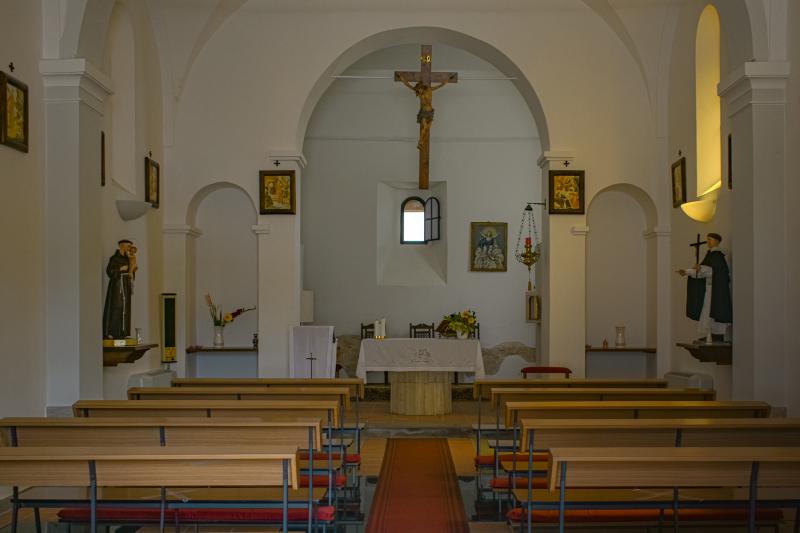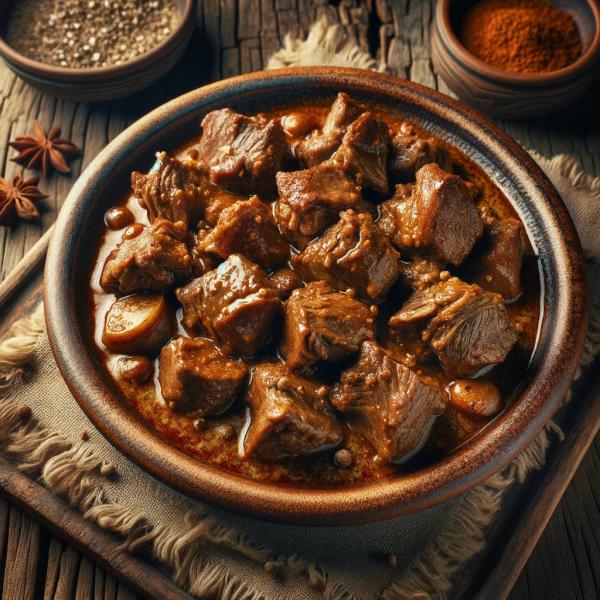
Pagliaroli
Pagliaroli is predominantly nineteenth-century and modern, with some restored eighteenth-century buildings. Among these, an eighteenth-century house preserves a portal with angels on the capitals and on the arch key and a large fireplace with a floral frieze on the architrave. There is also the church of S. Salvatore, which was recently restored and still retains the ancient wall structure.
On a bell there is the date 1472 and some Latin inscriptions. The church of S. Salvatore is very old, dating back to before the 16th century. It is located on the podium of a Roman temple dating back to the 2nd-3rd century BC. and came to light in 1997. The Aprutino Historic Artistic Heritage Consortium, financed by the Abruzzo Region and under the supervision of the Archaeological Superintendence of Abruzzo, conducted an excavation campaign to bring to light the structures of an ancient building. The first discoveries date back to 1970, when a fluted column was found during the expansion of some nearby buildings. Five years later, the excavation trenches brought to light a fluted column in limestone, clay material for covering a roof and elements in figured and painted terracotta for the decoration of a temple building. Furthermore, five medieval multiple burials and numerous stone ossuaries were discovered during the excavation in the area along the church. The church was built in the mid-14th century, reusing the site and material of a pre-existing building. In fact, the excavation made it possible to discover the wall belonging to the cell of the Roman temple which was used as a foundation for the Christian building. Currently, the area is protected by a temporary structure with shatterproof glass, which allows protection and at the same time tourist use for cultural purposes. There could still be interesting discoveries that could lead to a deepening of the archaeological excavations and the complete discovery of the wall structures under the road surface and under the flooring of the church.
To the east of Pagliaroli, in the area known as Piana di S. Lucia, important remains of Gragnano are discovered, where in the past a helmet and some weapons were found. Tradition has it that the area was inhabited by a powerful dynasty (N. Palma). To the north-east of Pagliaroli, there is a place called "Piana dei briganti" where some of the so-called "Bourbon brigands" were killed and buried. The area, which was impervious and wooded, was particularly suitable for hiding, both during the Napoleonic and post-unification periods, thanks to its proximity to the borders with the Papal State. However, it was possible that bandits disguising themselves as patriots would take advantage of the situation to loot and rob. Captured bandits were often executed on the spot. At Fonte Scodella, you can still see the remains of the Roman road.
The name "Pagliaroli" derives from the Latin "palea" (straw) and indicates the "pagliare", the shepherds' houses. It is also documented that until the beginning of 1700, the locality was known as Acquaviva from time immemorial.







